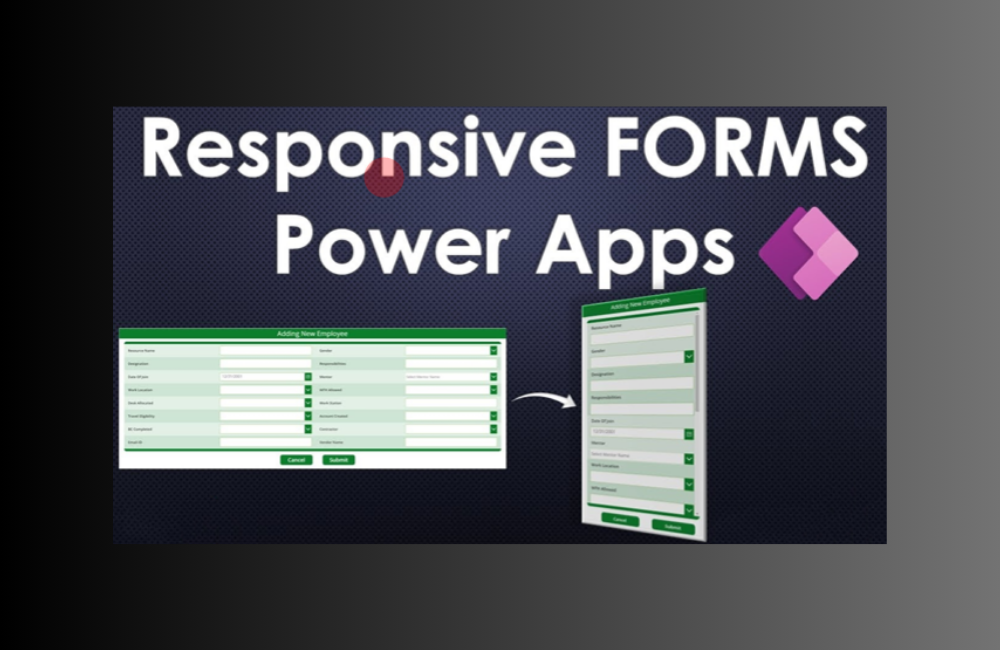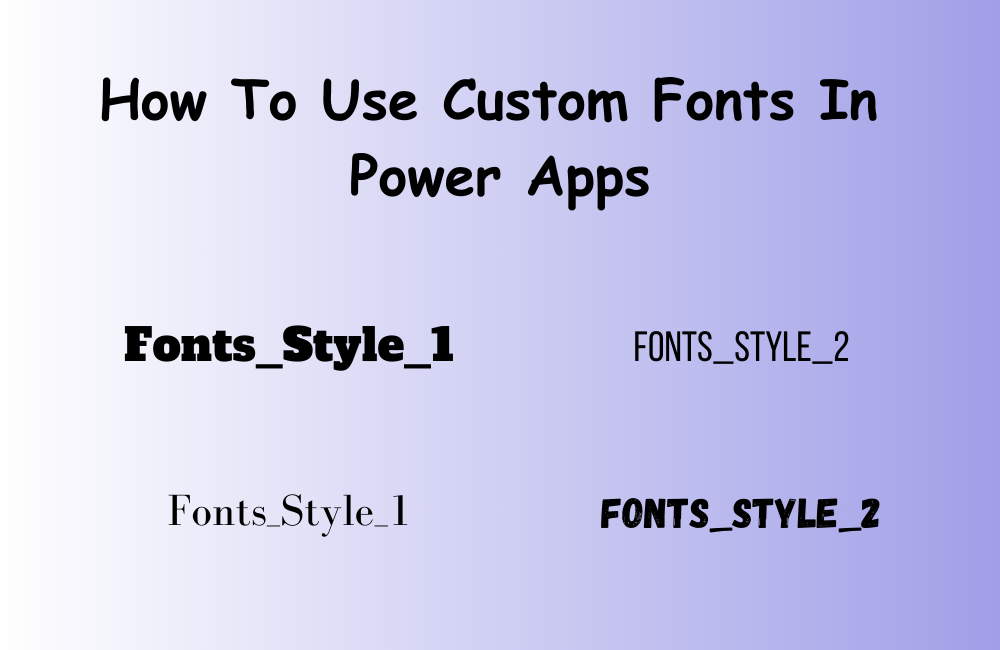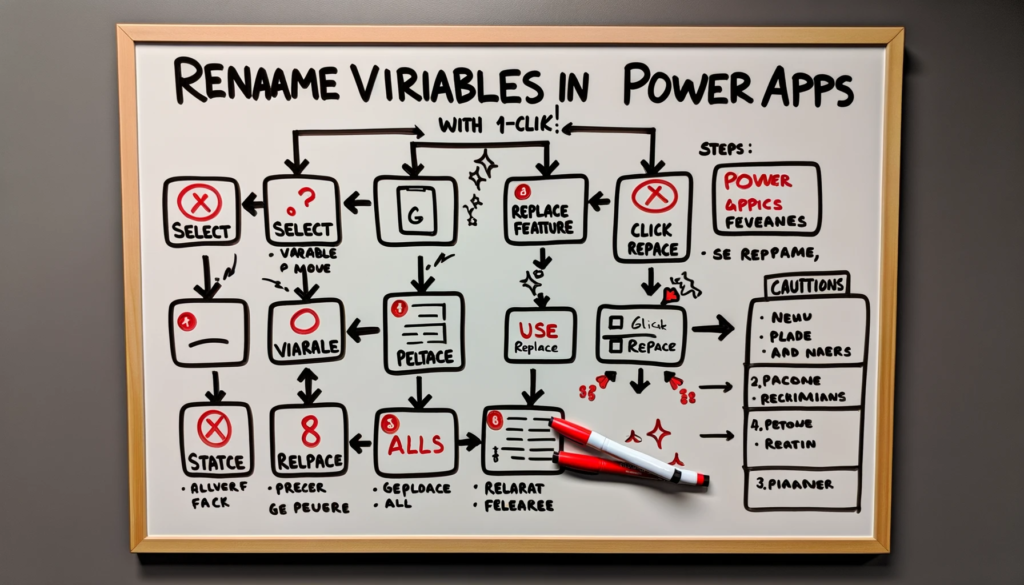Introduction: When delving into the world of Power Apps and its coding standards, one aspect often overlooked is the art of commenting. Commenting is crucial for both the individual developer and teams, ensuring clarity and future maintenance. Let’s dive into the best practices and standards for commenting within Power Apps.
Understanding the Importance of Code Comments
Commenting plays a pivotal role in elucidating the objective behind specific sections of Power Apps code. By comprehending the purpose, developers can easily pinpoint discrepancies between the intent and the code’s outcome. Moreover, annotated code drastically reduces the time taken for other developers to grasp its essence.
While the topic of whether to comment or not remains hotly contested among software developers, within the realms of Power Apps, comments are strongly advised. However, it’s essential to steer clear of using comments as a crutch for writing convoluted code.
Adopting a Uniform Commenting Style
To foster clarity and coherence, adhere to these standardized commenting conventions:
- Always position comments on a distinct line, preceding the code section they expound upon.
- Avoid in-line comments that sit adjacent to a code line.
- Ensure your comments initiate with an uppercase letter.
- Conclude your commentary with a full stop.
Deciphering Line Comments and Block Comments
Power Apps offers two divergent commenting styles: single-line comments and multi-line (or block) comments.
| Comment Style | Syntax | Example |
|---|---|---|
| Line | // [explanation goes here] | // Ensure work order validation to evade submission issues. |
| Block | /* [explanation goes here] */ | /* Details of Work Order Screen: – Employs a singular form for record creation, editing, and viewing, reducing app control count. – On submission, dispatches a signed PDF to the reporting manager for backup storage. */ |
Guidelines for Crafting Impactful Comments
Enhance the quality and relevance of your comments by following these guidelines:
- Pen comments elucidating the intent or objective behind a code segment, rather than its apparent functionality.
- Update comments promptly if the code’s intent undergoes modification.
- Avoid inundating the code with excessive comments, which become challenging to manage over time.
- Articulate comments in comprehensive sentences, and stick to standard language, refraining from slang or abbreviations.
Conclusion:
Mastering the art of commenting within Power Apps is paramount for creating maintainable and understandable code. By adhering to the best practices and standards elucidated above, developers can ensure their code remains legible and purpose-driven. If you need more insights or face challenges related to Power Apps and code commenting, don’t hesitate to contact us. Our proficient team is eager to assist.






